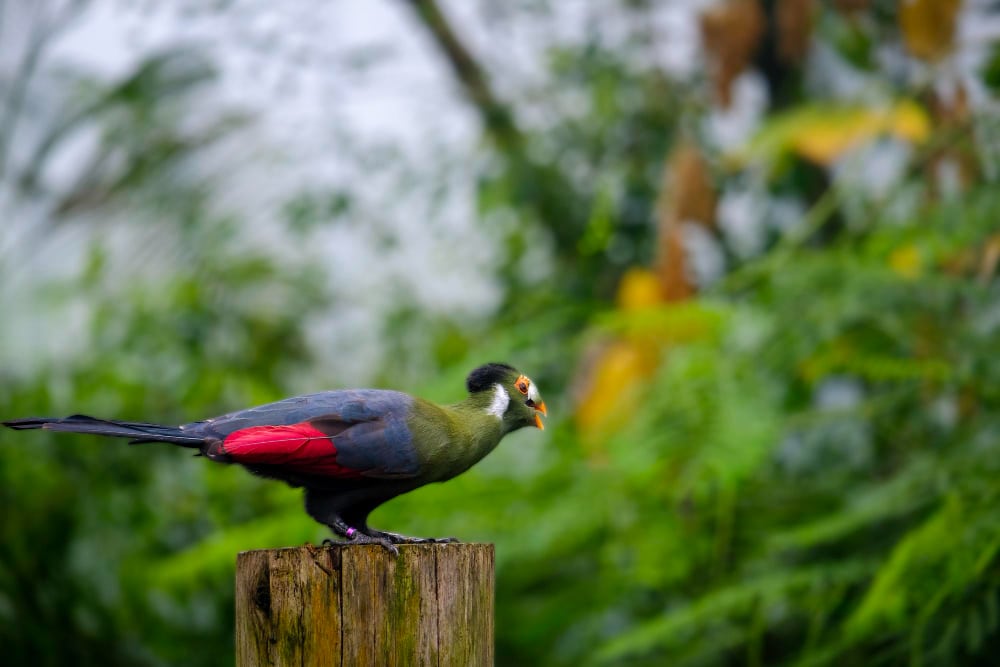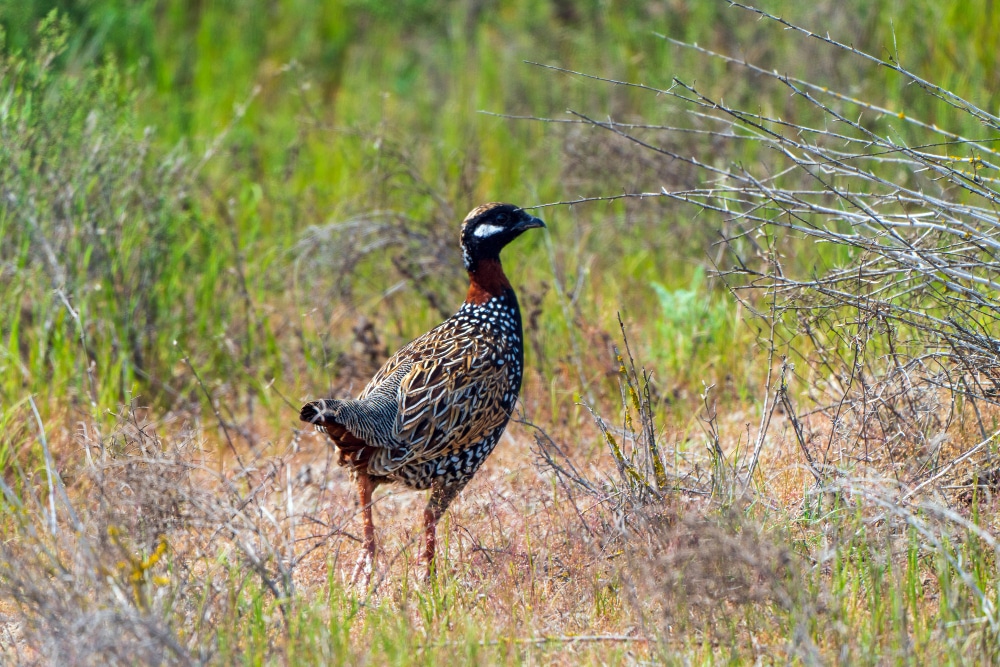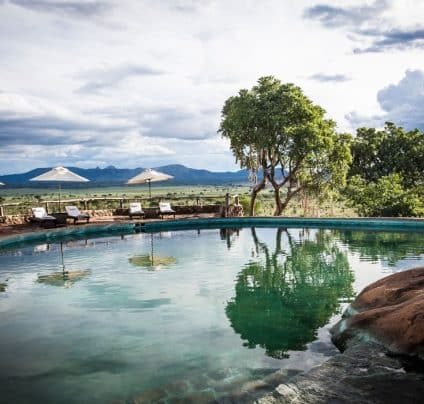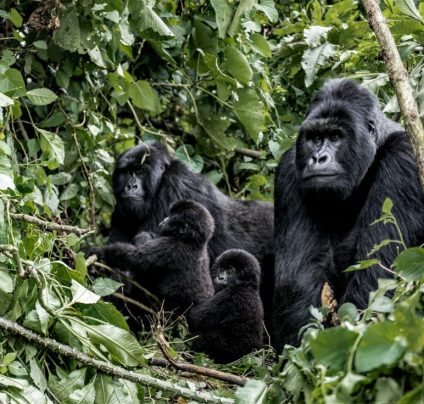Birding Safaris
Explore the breathtaking landscapes of Uganda and discover an abundance of avian species on an unforgettable birdwatching safari.
Bird Watching & wildlife Adventures In Africa
Whether you are a seasoned birdwatcher or a beginner, birding safaris in Uganda offer an opportunity to spot over 1000 bird species in easy-to-access locations. With its diverse habitats and unique geography, the country is home to a remarkable variety of resident and migratory birds.
Visit the national parks, wetlands, and forests that serve as sanctuaries for these beautiful creatures. Use this guide to plan your birdwatching trip, embrace the adventure, and be a part of the conservation efforts to protect the rich avian heritage of this remarkable African nation.
Bird Watching Safaris
The best time for birding safaris in Uganda largely depends on the bird species you wish to observe and your tolerance for weather conditions. Uganda’s birdlife is vibrant year-round, but certain periods stand out for unique avian encounters. The dry seasons, from December to February and June to September, offer excellent visibility as the foliage thins out, making it easier to spot and identify birds.
Migratory Bird Seasons: Migratory birds from Europe and Asia arrive from November to April, adding to the spectacle. Witness the incredible spectacle of migratory birds that flock to Uganda during their annual journeys.
Breeding Periods: Visit during the breeding season, typically from May to August, to see birds in their full breeding plumage and observe their courtship rituals.
Top Birding Safari Destinations in Uganda
Uganda’s diverse landscapes provide an impressive list of habitats for its feathered residents and migratory guests. Here are some of the top birding safari destinations in Uganda to explore

Queen Elizabeth National Park
In Queen Elizabeth National Park, the avian diversity is nothing short of breathtaking. Keep your eyes peeled for the magnificent Shoebill stork, a prehistoric-looking bird that captures the imagination of birdwatchers. This park boasts a range of landscapes, from savannas to crater lakes, making it a haven for birdlife.

Bwindi Impenetrable Forest National Park
Bwindi Impenetrable Forest is a mystical realm where dense vegetation conceals some of Uganda's most sought-after bird species. Here, you can find the iconic African Green Broadbill, a bird with emerald plumage that seems to shimmer in the dappled sunlight. Bwindi is also famous for its gorilla trekking experiences, making it a unique opportunity to combine primate encounters with birdwatching.

Mabamba Swamps
Mabamba Swamps, located on the shores of Lake Victoria, is renowned for its exceptional birdlife and, most notably, the elusive Shoebill Stork. A boat ride through the swamps offers a chance to witness this prehistoric-looking bird in its natural habitat, among many other avian delights.

Murchison Falls National Park
For a thrilling birding experience near the powerful Murchison Falls and along the Nile River, head to Murchison Falls National Park. Here, you can spot the elusive Abyssinian Ground Hornbill, a vibrant and charismatic bird that adds color to the landscape.

Semuliki National Park
Semuliki National Park, situated in the western part of Uganda, is a treasure trove for birdwatchers. It's particularly known for its diverse range of bird species, including the African Grey Parrot and the elusive Green-breasted Pitta. Explore the forests and grasslands of Semuliki for an unforgettable birding experience.

Mgahinga Gorilla National Park
The park, renowned for its mountain gorillas, also harbors a diverse array of bird species, making it a top birding destination. The varied altitudes within the park, ranging from around 2,227 meters (7,306 feet) to over 4,157 meters (13,540 feet) at the peak of Mount Muhabura, create a range of habitats that support a rich avian population. Here, birdwatchers can spot the spectacular Rwenzori Turaco, Dusky Turtle Dove, Olive Woodpecker, and many other fascinating bird species against the stunning backdrop of volcanic peaks and lush forests.
List of Must-See Bird Species in Uganda
- African Grey Parrot
- African Green Broadbill
- Grey Crowned Crane
- African Fish Eagle
- Martial Eagle
- Great Blue Turaco
- Yellow-billed Stork
- Black-casqued Wattled Hornbill
- Eastern Grey Plantain-eater
- Rwenzori Turaco
- Pied Kingfisher
- Green-breasted Pitta
- Red-throated Bee-eater
- African Finfoot
- Shoebill Stork
- Ross's Turaco
- Bar-tailed Trogon
- African Pygmy Kingfisher
- African Harrier Hawk
- African Skimmer
- Black-billed Turaco
- Ross's Turaco
- Narina Trogon
- Black-and-white-casqued Hornbill
- Abyssinian Ground Hornbill
- African Blue Flycatcher
- African White-backed Vulture
- Black Bee-eater

FAQ: Frequently Asked Questions About Birding Safaris in Uganda
Uganda’s diverse ecosystems, ranging from forests to wetlands, provide a habitat for over 1,000 bird species, making it a birding haven.
The best time for birding is during the dry seasons from December to February and June to September when the weather is pleasant, and bird visibility is optimal.
Key birding destinations include Bwindi Impenetrable Forest, Queen Elizabeth National Park, Murchison Falls National Park, Mabamba Swamps, Semuliki National Park, and Mgahinga Gorilla National Park.
Yes, guided birding safaris are available and highly recommended as they offer expertise, enhance the birding experience, and increase the chances of spotting rare and endemic bird species.
Unique bird species in Uganda include the Shoebill Stork, African Green Broadbill, Grey Crowned Crane, and Rwenzori Turaco.
Prepare by researching the bird species you wish to see, bringing essential birding gear like binoculars and field guides, and familiarizing yourself with the birding locations you plan to visit.
Birding safaris in Uganda can range from 7 days to several weeks, depending on the itinerary and the birdwatcher’s preferences.
Travel responsibly, support conservation organizations, and follow ethical bird watching practices to contribute to the conservation of Uganda’s avian biodiversity.
The only health requirement for entry into Uganda is Yellow Fever Vaccination. Malaria is also a risk and Hepatitis. It’s advisable to consult a healthcare professional for recommended vaccinations and health precautions before traveling to Uganda.
Maintain a respectful distance from the birds, avoid making loud noises, and follow guidelines provided by your tour guide or park authorities to minimize disturbance to the birds and their habitats.

